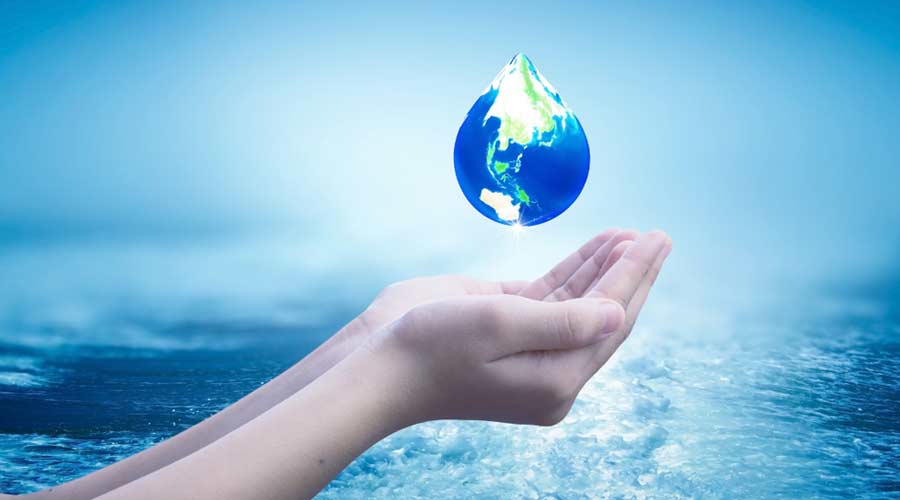
Contributed by Waterless Co.
California has recently experienced nothing less than a deluge of rain as January 2023 now goes on record as one of the wettest in 25 years. This is true in other parts of the west as well. These storms have been fueled by atmospheric rivers – a band of moisture that can flow for thousands of miles.
In this case, it started near Hawaii and has found its way to the West Coast.
“Atmospheric rivers are not new,” says Klaus Reichardt, CEO of Waterless Co., Inc., makers of no-water urinals. “But with climate change, they now produce staggering amounts of precipitation in a shorter amount of time.”
So, does this mean California’s drought, along with the droughts in many other western states, is over? Not so fast, says Reichardt. For California, drought conditions have lessened, but they are not over.
“We will need much more rainfall to get out of the drought.”
Furthermore, drought conditions extend far beyond California. According to Drought.gov, as of January 17, 2023, 44 percent of the lower 48 states are in varying degrees of drought.
The site also points out the following:
• More than 276 million acres of crops in the U.S. are experiencing drought conditions.
• Eighty-one million people in the lower 48 states are being affected by drought conditions.
• Thirty-three states are experiencing Moderate Drought (D1) conditions. Moderate Drought means streams, reservoirs, and wells are below average, and voluntary water-use restrictions are in place.
• Some areas of Texas, Oklahoma, Kansas, and Nebraska are in Exceptional Drought (D4) conditions, the driest category, requiring more drastic water restrictions.
“While all the rainfall is getting the media attention, what is probably more important news is that we are slowly becoming more water efficient,” adds Richardt. “These water efficiency improvements may involve just installing waterless urinals, but when combined with other projects, they are helping us become much more resilient to drought.”
For related coverage check out this CleanLink piece answering frequently-asked questions (FAQs) about waterless urinals. Specifics include installation costs, potential LEED credits, and overall return on investment.

 The Down and Dirty on Cleaning in Virus Season
The Down and Dirty on Cleaning in Virus Season How Surfactant Use is Expanding in Commercial Cleaning
How Surfactant Use is Expanding in Commercial Cleaning Operational Excellence Series 2025: Better Budgeting
Operational Excellence Series 2025: Better Budgeting